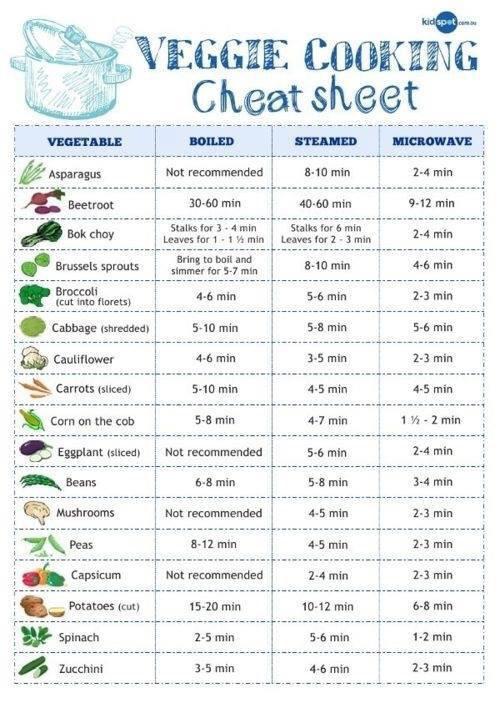
There’s nothing better than a home-cooked meal, and there are few things more satisfying than pulling vegetables out of your garden. But cooking without a recipe can be tricky—it’s hard to know exactly how long something should cook or how much salt or pepper it needs. We’ve put together this list of ingredients that we think are the easiest to cook on their own, so you can keep them in your fridge and use them whenever you want something comforting, healthy, and delicious.
Cabbage
Cabbage is a great low-calorie vegetable that’s good for you, too. It’s an excellent source of vitamin C, manganese and fiber. You can enjoy cabbage in many ways–stir-fries, soups and salads are some of our favorites! You can also steam or sauté it if you prefer a softer texture; braising works well for those who like their veggies on the crisp side (like me!). Cabbage is also a popular choice for pickling because it holds up well during long periods of brining without getting mushy or browning too much on top due to its high acid content when fermented properly with saltwater brine solution over time at room temperature without adding any additional spices or flavorings other than maybe some garlic cloves crushed into small pieces depending upon how much time we want this process taking place before using up all our jars full so we know exactly what size jar will fit inside each container once filled completely up with liquid contents from each batch made ahead earlier today which ended up being just perfect timing since now everyone knows what type ingredients needed preparing ahead so there won’t be any surprises later down road when trying out new recipes involving fresh produce sourced locally grown nearby farms located within close proximity distance range radius
Carrots
Carrots are a root vegetable and a member of the carrot family. They have been used as a food source since ancient times, with evidence of their cultivation dating back to between 1000 BC and 600 BC. Carrots are high in vitamin A and beta carotene, which is why they’re so good for your eyes! You can eat them raw or cooked–just make sure they’re fresh out of the ground when you buy them!
Celery
Cut off the bottom and top of your celery stalk. Cut into sticks, making sure to leave them long enough so that they’ll cook evenly in the boiling water. Boil for 5 minutes, or until tender but not mushy (this time will vary depending on how thick your stalks are). Drain and put them in a bowl of ice water to cool; this helps stop any further cooking and keeps them from turning brown as well! Once cooled completely–and drained again–add salt and pepper to taste!
Peppers
Peppers are one of the most versatile vegetables to cook with, and they’re also super-healthy. There are many different types of peppers: green, red, yellow, orange–and even purple! Bell peppers are probably the most common type of pepper you’ll find in stores or markets. They have a mild flavor and can be eaten raw or cooked. Jalapeno peppers are spicy hot! If you like spicy food but don’t want to burn your tongue off on every bite (or if you’re cooking for someone who doesn’t like spicy food), then try using these instead of jalapenos when making salsa or guacamole. You’ll still get some heat without feeling like your mouth is on fire after every bite!
Potatoes
Potatoes are one of the easiest vegetables to cook, and they can be prepared in a variety of ways. They can be baked, boiled or roasted; fried or mashed; used as an ingredient in soups and stews–the options are endless! Potatoes are also very good for you: they’re low in calories but high in nutrients such as potassium (which helps regulate blood pressure) and fiber (which helps lower cholesterol).
Onions
There are several varieties of onions, but in general, you can use them for cooking any dish that requires a flavor boost. If you’re making soup or stew or even just sauteing some veggies for dinner, onions will be a good addition because they add a savory taste. Onions also have lots of vitamins and minerals–they’re an excellent source of vitamin C!
When cooking with onions:
- Choose the right onion for the right dish (for example, yellow onions are perfect for French onion soup.)
- Use fresh chopped garlic instead if you don’t want to bother peeling them before adding them to your recipe. It’s just as healthy!
Conclusion
We hope this list has been helpful to you! Remember, cooking isn’t about being perfect. It’s about having fun in the kitchen and trying new things. If one of these recipes doesn’t turn out exactly how you hoped it would, don’t worry: just try again with another one until something works well enough for your tastes. We all have different preferences when it comes to food, so don’t feel like there’s only one way (or five ways) that things can be done!
